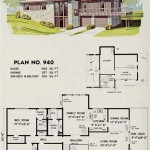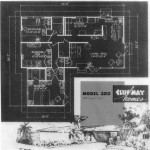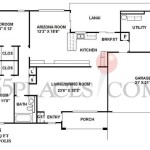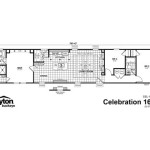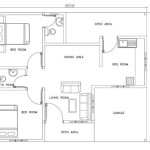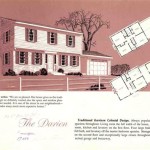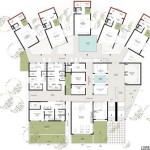Essential Aspects of Assisted Living Facility Floor Plans
Assisted living facilities (ALFs) provide housing and supportive services to individuals who need assistance with daily living activities. The design of an ALF's floor plan is critical to ensuring the safety, comfort, and well-being of its residents.
Here are some essential aspects to consider when designing an ALF floor plan:
1. Safety and Accessibility
Safety should be a top priority in ALF floor plans. All areas should be easily accessible and well-lit, with features such as non-slip flooring, wide hallways, and grab bars in bathrooms.
2. Resident Privacy and Dignity
Residents should have private spaces where they can feel comfortable and maintain their dignity. Floor plans should include private bedrooms and bathrooms, as well as common areas where residents can socialize and interact.
3. Functional and Efficient Layout
The floor plan should be designed to maximize efficiency and functionality. Staff should have easy access to residents' rooms and common areas, and all spaces should be used effectively.
4. Accommodation for Different Needs
ALFs cater to residents with varying levels of needs. Floor plans should accommodate different levels of care, such as memory care units for residents with dementia or Alzheimer's disease.
5. Outdoor Spaces
Outdoor spaces provide residents with fresh air, sunlight, and opportunities for socialization. Floor plans should include access to outdoor patios, gardens, or walking trails.
6. Common Areas
Common areas are essential for residents to socialize, engage in activities, and feel connected to the community. Floor plans should include a variety of common areas, such as lounges, dining rooms, activity rooms, and libraries.
7. Service Areas
Staff need adequate space to provide care and services to residents. Floor plans should include service areas such as kitchens, laundry rooms, and medical examination rooms.
8. Technology Integration
Technology can enhance the safety and efficiency of ALF operations. Floor plans should consider the integration of assistive technologies, such as emergency call systems, medication dispensers, and sensors to monitor residents' well-being.
9. Flexibility and Expansion
As residents' needs change or the facility expands, the floor plan should be adaptable to accommodate these changes. Consider designing floor plans that can be easily modified or expanded in the future.
10. Alignment with Regulatory Standards
Floor plans must comply with local and state regulations governing ALFs. These regulations cover aspects such as room sizes, accessibility, and fire safety requirements.
By carefully considering these essential aspects, assisted living facility floor plans can be designed to create safe, comfortable, and supportive environments that meet the needs of their residents.

16 Assisted Living Facility Floor Plans Ideas How To Plan House

Example Image Assisted Living Residential Unit Plan Facility Duplex Floor Plans

Floor Plans Personal Care Senior Living

Floor Plan Assisted Living Supports Bross Street

Assisted Living Facility Floor Plans In Arizona

Assisted Living Facility Floor Plans

Senior Housing Building Plans How To Plan Floor Assisted Living

Countryside Villa Assisted Living Facility Wausa Nebraska Features

Assisted Living Floor Plans Senior Community In San Antonio The Lodge At Leon Springs

Senior Assisted Living Floor Plans The Arbors Communities In Ma Ct

